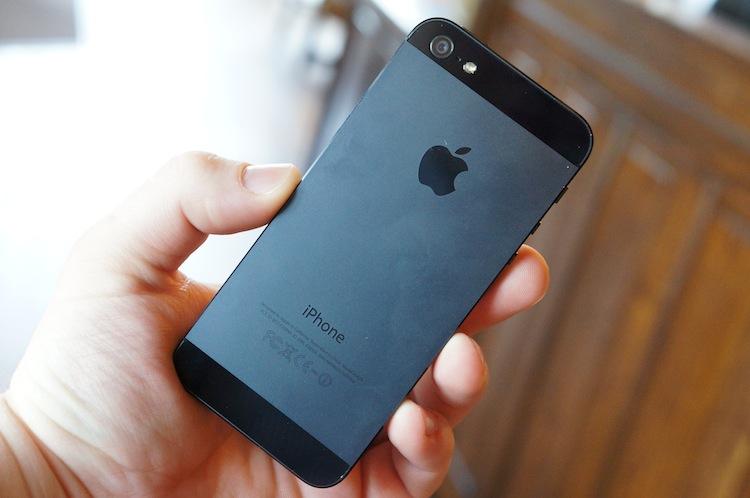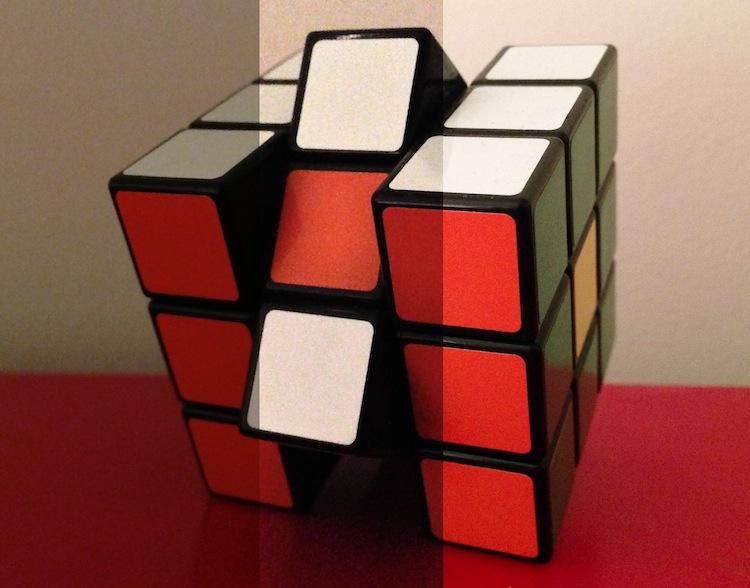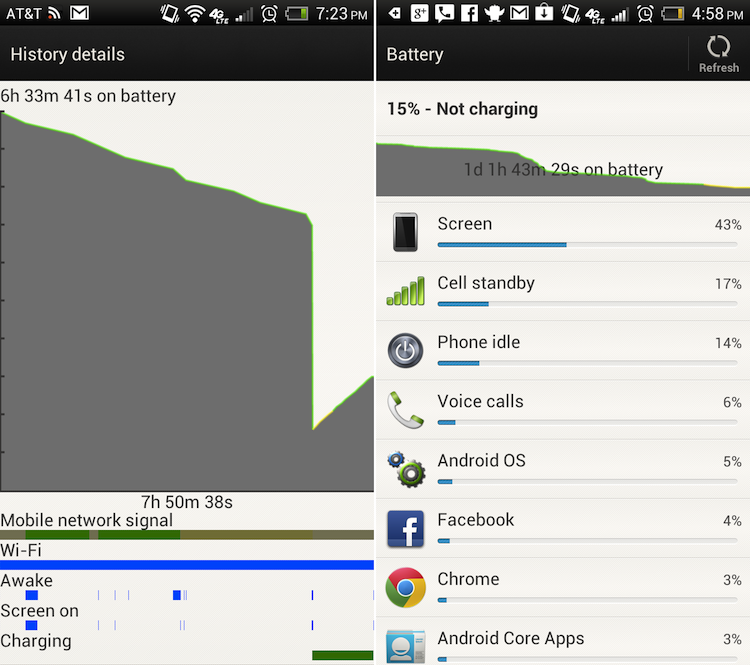
When I published my review of the iPhone 5 in late September, I knew it wouldn't be long before I was tired of the phone, before the newness of the device would wear off and I would be interested in something else.
My interests have stabilized over the years, as well as my desire to always own the latest and greatest gadgets. Truly new devices, like the Leap Motion I pre-ordered, are irresistible. But current smartphones are retaining their luster much longer than before.
My qualms with the iPhone touch on both hardware and software.
I've explained ample times now that the software is aging poorly. Apple has beat around the bush for five years now, avoiding a serious user interface and experience overhaul. Hundreds if tiny, negligible features have been added since iOS 1.0, and several useful features, such as camera access from the lock screen or Siri and dictation, have been added. But the visual elements feel dated and the OS is stuck in 2007 – interoperability is seriously lacking despite native Twitter and Facebook integration.
As for the hardware, it's largely unchanged, too, at least in the last three years. Apple may have redesigned the iPhone 5 from the ground-up and feel the end result was strikingly similar because the design of the iPhone 4/4S was near perfect. But I disagree – I think the iPhone 5 design is uninspired, especially because little changed. It was a cop-out through and through. A 4-inch screen with only more vertical pixels to retain the Retina Display title and a nearly identical design should serve testament to that.
So I've been pondering trading my iPhone 5 out for something else for several months now. Yet I can't. And there are two reasons as to why: I have several reservations and I can't find anything to replace it. I've searched far and wide for a legitimate replacement. I don't want a second daily driver Android phone; that's severely redundant. And the Windows Phone ecosystem (read: lack of Google Apps support) doesn't tickle my fancy. Not to mention, no Windows Phones are terribly noteworthy. Both the Lumia 920 and Windows Phone 8X have serious flaws.
But let's circle back to those reservations. As long in the tooth as the software may be, there are some key aspects I will still have trouble giving up.

Apple's App Store has the most expansive application catalog available to any mobile operating system. With over 700,000 applications (as of September), the only application catalog that can remotely compare is Google Play, which also surpassed the 700,000 mark in October.
The difference, however, is how quick developers are to release new applications and services on App Store versus competing digital catalogs. App Store is almost always the first – and sometimes the only one – to receive new apps. Take Instagram, for example. It launched in October 2010 on iOS. It wasn't until April 2012 that Android saw an official Instagram application.
And currently, there are several iOS-only applications (bitly, Reeder, Letterpress, etc.) that I use daily, which gets me to my next point.

One of the remaining standout features of the iPhone is its impressive camera. While Apple reduced the physical size of the image sensor, they improved its capabilities, such as low-light performance and color reproduction. Point blank, if I had to choose a single smartphone camera as my go-to, even for low-light performance, I would have to choose the iPhone 5. That's surprising considering how impressive the PureView camera is on the Nokia Lumia 920.
What truly makes the difference, however, is third-party camera support. Applications like Snapseed (which finally made its way to Android on December 6), 645 PRO and Camera+ make it difficult for me to give up the iPhone 5.
Camera+, for instance, allows the user to set exposure and auto-focus separately, while most smartphone camera apps group exposure and focus together. 645 PRO, on the other hand, gives users the ability to adjust shutter speed, allowing the iPhone 5 camera to capture more light – the same tactic Nokia uses to make the PureView camera in the Lumia 920 perform exceedingly well in low-light, save for the optical image stabilization. The difference is pretty clear above (click image to enlarge). The right portion was taken with 645 PRO, middle was with the native HDR mode and left is the stock Camera app.
Unfortunately, I have yet to find any applications on Android that alter the shutter speed. Hours of research have revealed that, currently, there is no easy way to replicate this on Android. Since all manufacturers use different sensors, all the drivers are different. Creating a single application that would even work with a fraction of Android devices would be a daunting task.

If there is one feature of iOS that hasn't changed over the years, it's reliability. The experience is virtually always the same. My battery life always last roughly the same, whereas different factors – such as rogue apps or poor optimization on a manufacturer's customizations – could make an Android device's battery life severely drop without warning. The screen captures above serve testament to how the HTC One X battery was great at times, and how it would randomly and drastically drop for unforeseen reasons.
The experience never varies, there are very few hiccups (if ever) and everything "just works". It may not be the most flashy or upbeat operating system, and it has its faults. But it has certainly gained a reputation for being reliable.
It's these few factors that have me still hanging on to an iPhone 5 (plus this super sweet skin, but more on that later). I'm seriously contemplating a BlackBerry 10 L-series come February. But until then, it looks like it's going to be iPhone 5 for me.
Do you have reservations when it comes to leaving behind your current mobile platform? If so, share yours in the comments section below!